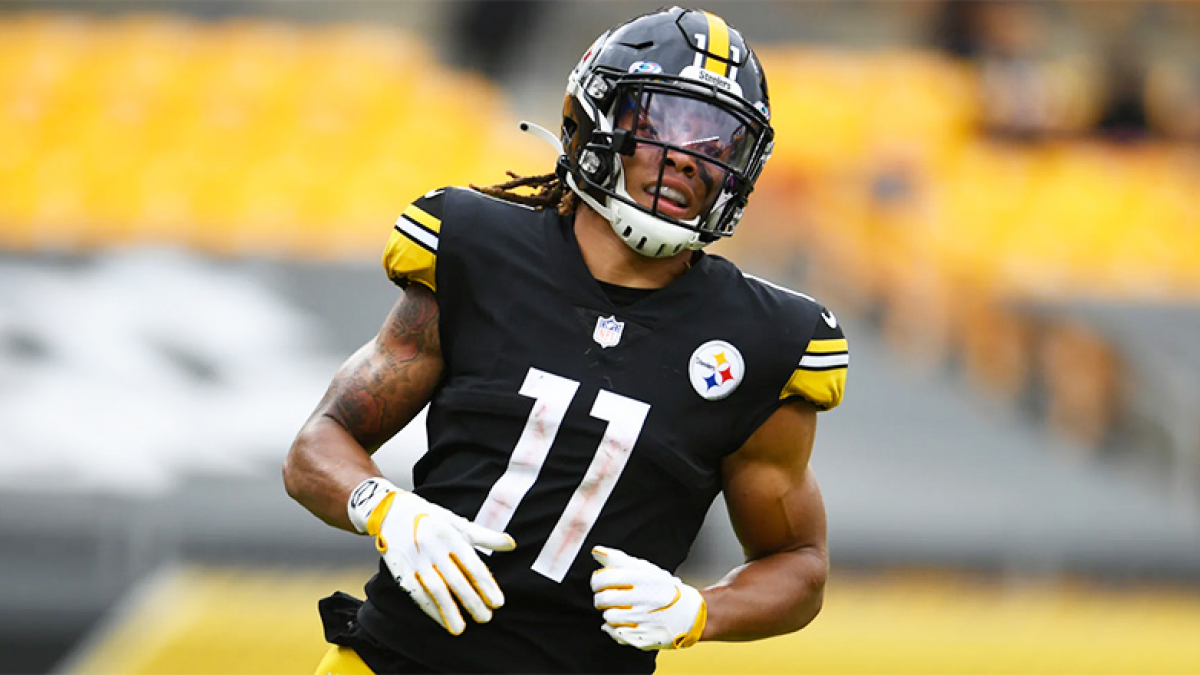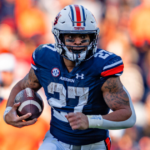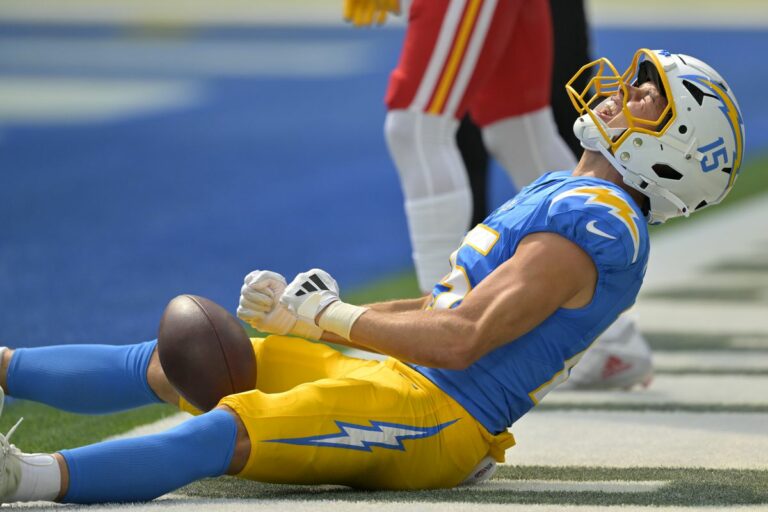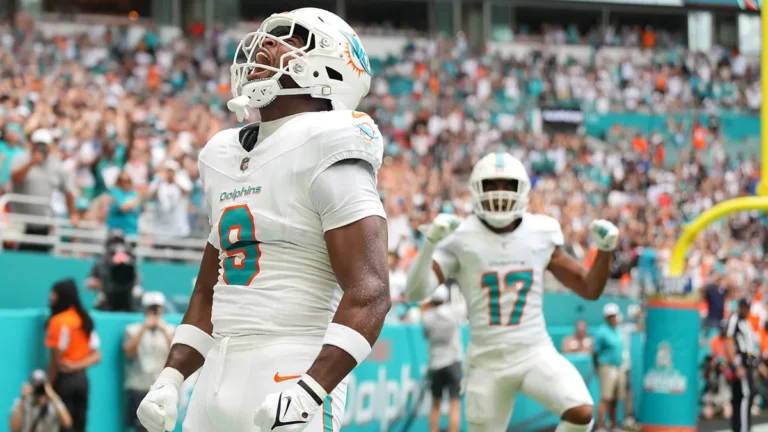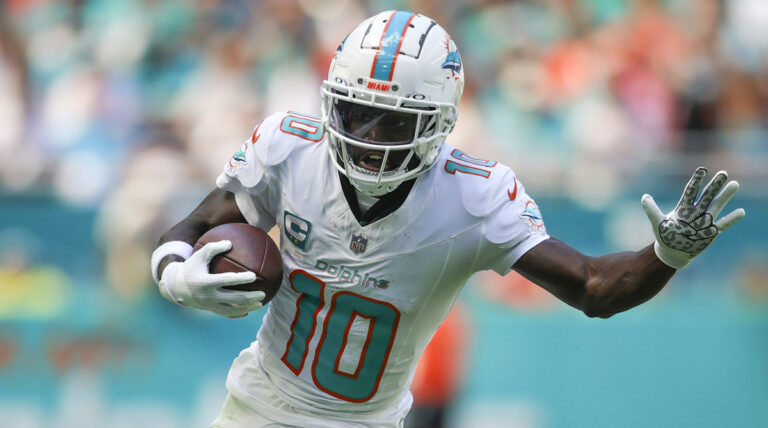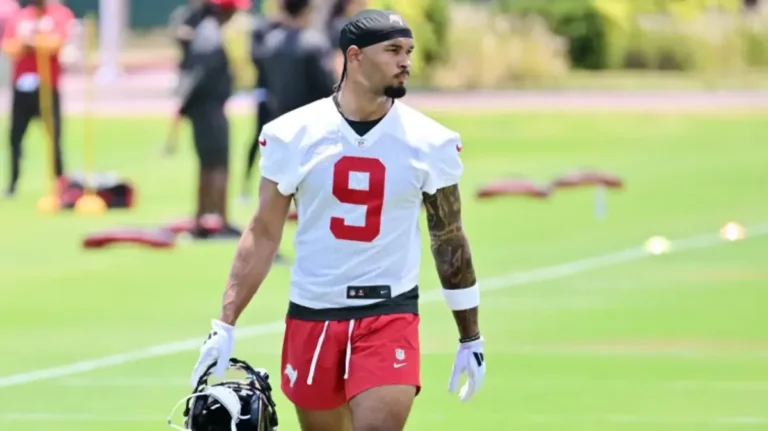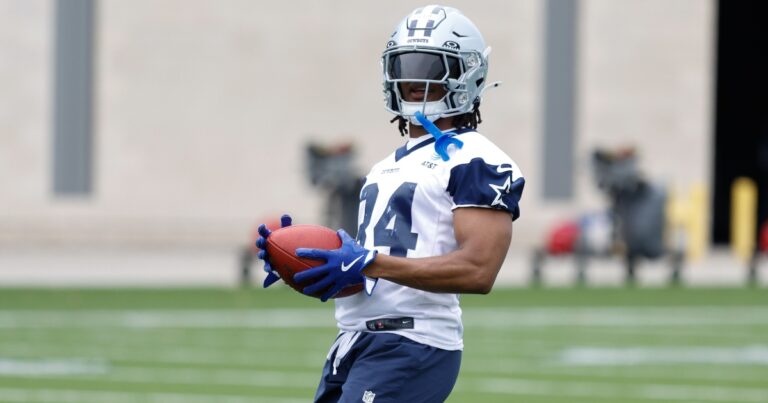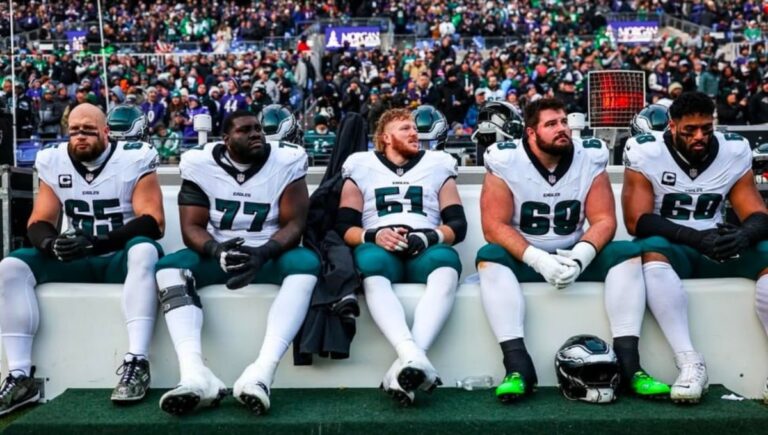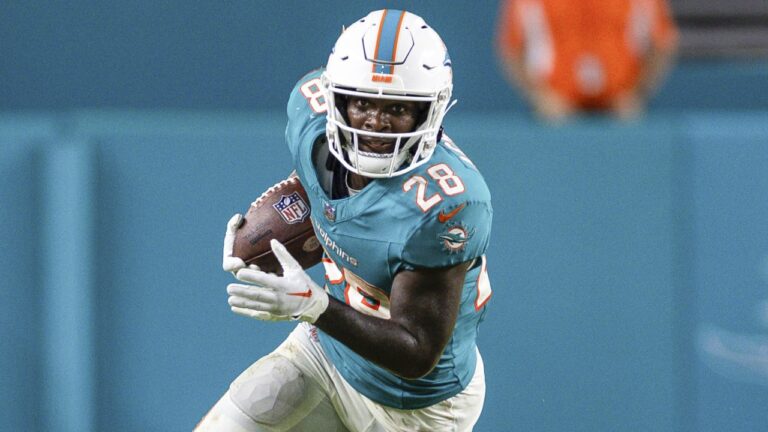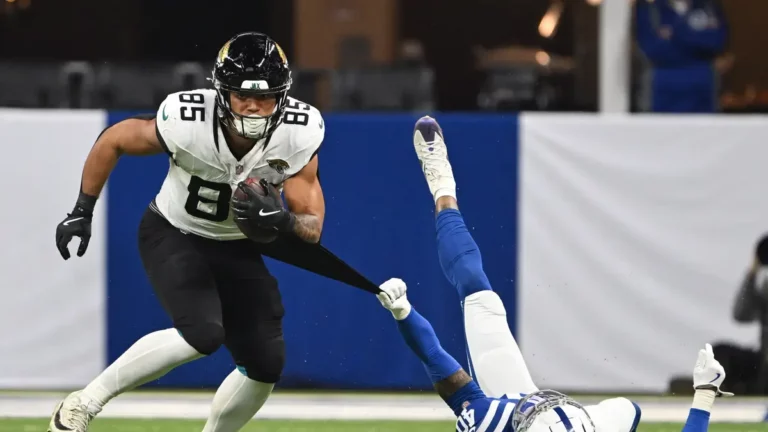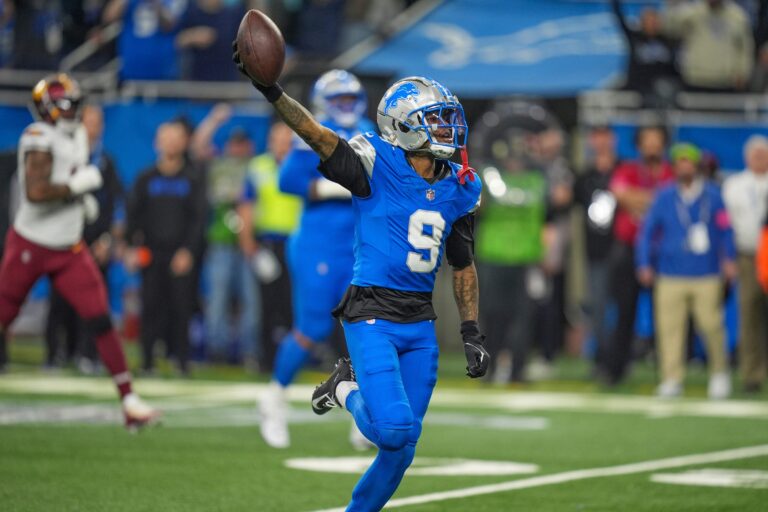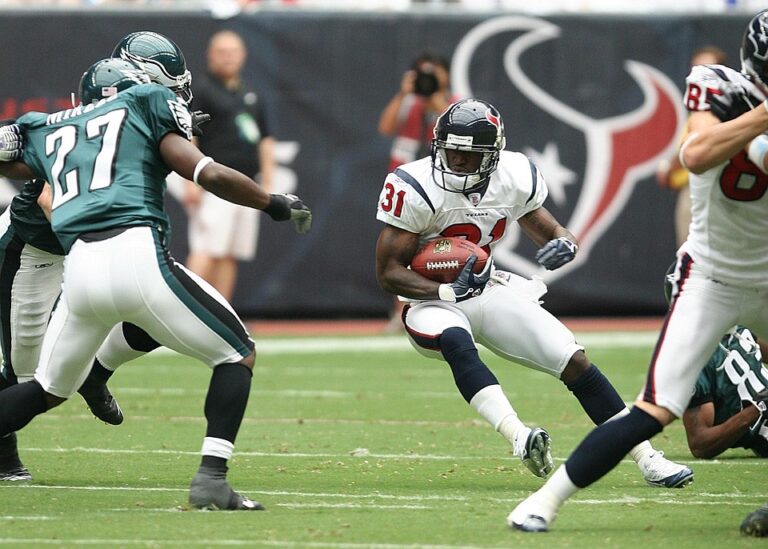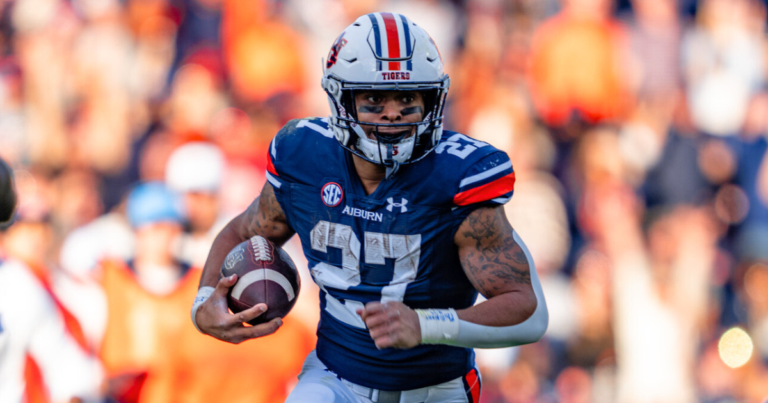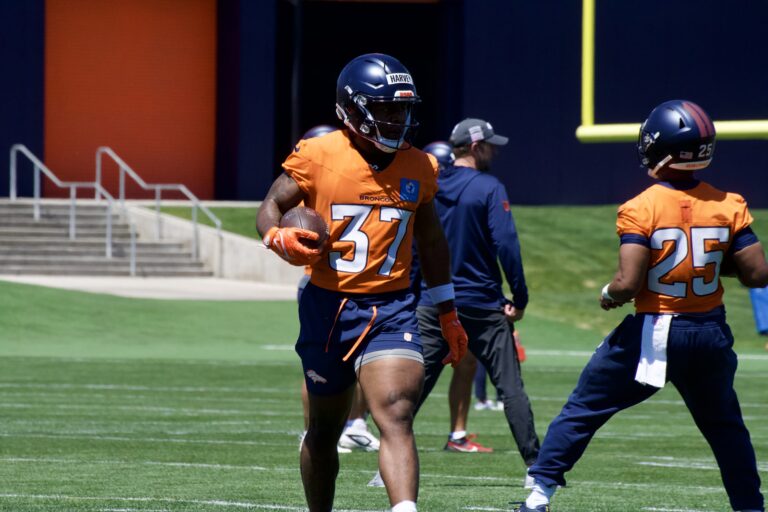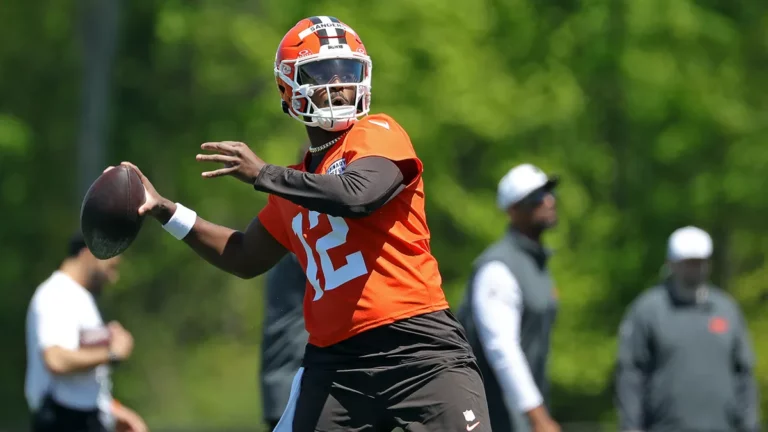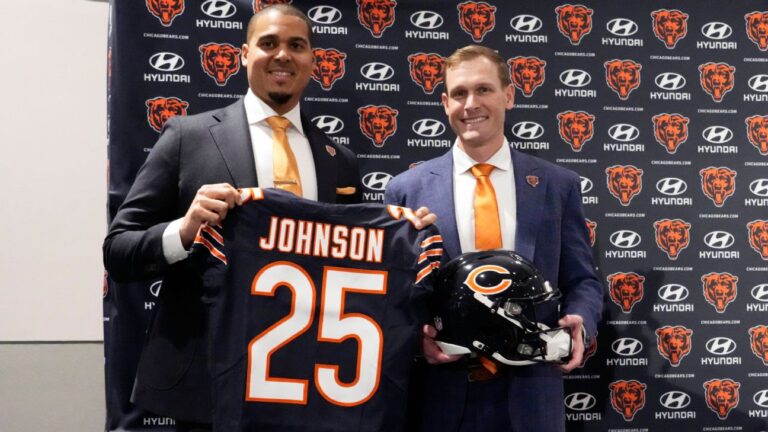Whether you need one final stud to solidify your playoff bye or are on the outside looking in, Week 10 is a great time to make a trade. Find out below what to do with potential trade pieces using my Expected Fantasy Points model!
For a more general overview of my trading strategy, click here.
The Wolf’s Rest of the Season Rankings are a great source to gauge a specific player’s trade value.
If you have any questions or feedback, let me know @RSJ_Jackson on Twitter!
All data in this article uses full PPR scoring. A sample of the data through Week 9 is pictured. The PDF hides the weekly data for Weeks 1-4 to save space, but all data is still factored into the season averages. For the full data, click the links below!
*DOWNLOAD The Expected Fantasy Points Report – Week 9 2020 – PDF*
**DOWNLOAD THE EXCEL VERSION!**
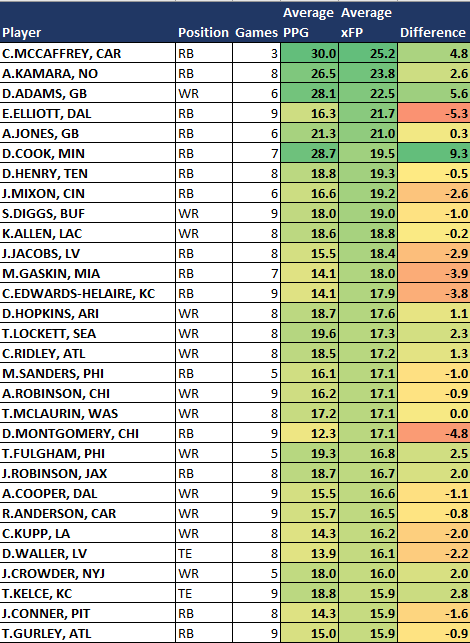
Expected Fantasy Points
I built the model based on a metric called Expected Fantasy Points (xFP). A player’s xFP is calculated based on the value of each target or carry, using historical data attributes that correlate highly with actual fantasy points scored. You can find a more detailed breakdown of how this works here.
Expected Fantasy Points essentially show what an average player would have done with the opportunities seen by any given player. We can then subtract the player’s actual fantasy points scored to arrive at the difference, a key metric.
How to Interpret Expected Fantasy Points
The difference between expected and actual fantasy points comes from two sources:
Talent/Situation
We would expect the most talented players in the NFL to score more fantasy points than their expected fantasy points. That’s pretty obvious since xFP is based on the averages of all players. Also, a given coach or scheme might lead to a sustainable difference in actual over expected points. A carry in Kyle Shanahan’s offense will typically produce more points than a carry in Adam Gase’s offense. A carry behind an elite offensive line would be more valuable than a poor one.
These are all sustainable ways for a player to consistently outperform or underperform their expected points. Because of these differences between players, we should not assume that the difference between expected and actual points will always regress to zero. In other words, don’t blindly buy any player with a negative difference. Don’t sell every player with a positive difference.
Luck
The main reason to use expected fantasy points is to identify players who are experiencing very bad or very good luck. Unlike the previous differences, luck will even out over a long period. We want to buy players who are having bad luck and sell players who are having good luck.
Separating differences that are sustainable from differences due to luck can be tricky. It’s not an exact science. However, most players will score within a few points per game of their expected fantasy points for the season. The players with the largest differences are the ones most likely to be benefitting or suffering from luck.
Trade Targets
During the season, the main purpose of using my Expected Fantasy Points model is to help you win trades. Remember, we want to buy players who are getting unlucky, and sell players who are getting lucky.
Week 10 Buy Low
Chase Claypool
Believe it or not, Claypool had almost the same amount of xFP in his four-touchdown coming out party in Week 5 (27.0 xFP) as he put up in Week 9 (26.9 xFP). Claypool had 14 targets, a rushing attempt, and a two-point conversion attempt against the Cowboys last week.
He leads all Steelers receivers with 13.4 xFP and 14.7 PPG on the season, but those numbers increase to 16.3 xFP and 15.6 PPG if we exclude Weeks 1 and 2 when he played under 40% of the snaps. That 16.3 xFP would rank WR12 over the whole season.
Pittsburgh has also found recent success running empty sets. If this trend continues, it will be a bonus for Claypool and other Steelers pass-catchers. Claypool is always on the field in empty formations, and virtually every play will be a pass.
Ben Roethlisberger pass attempts out of empty by week (PFF)
— Ian Hartitz (@Ihartitz) November 10, 2020
Week 1: 6
Week 2: 8
Week 3: 3
Week 5: 8
Week 6: 1
Week 7: 6
…
Week 8: 20
Week 9: 23
Ben Roethlisberger engineered back to back comebacks in Weeks 8 and 9 by going empty and drawing up plays on the fly. It has been wildly more successful for the Steelers than their non-empty formations, so it could remain a staple of the offense going forward. Claypool’s production might be a bit volatile, but he is ridiculously talented and possesses the upside needed to win fantasy championships.
Robby Anderson
Anderson has exceeded expectations in 2020 but has been a bit quiet in the previous four weeks, averaging 12.6 PPG. Over the same stretch, he averaged 15.9 xFP. Anderson is still clearly the top dog in this offense, leading Panthers receivers in xFP in each of the previous three weeks.
His numbers are down from a scorching 18.2 PPG in the first five games, but his xFP has been consistent. He averaged 17.0 xFP during those five games.
Anderson saw 23.0 xFP in Week 9 thanks to a whopping 14 targets. He only scored 15.3 points in Week 9, but the numbers say that he’s still getting plenty of opportunities to put up points. Look for him to continue to command plenty of targets from Teddy Bridgewater and put up solid WR2 numbers for the rest of the year.
Robby Anderson web gem. #KeepPounding are making unreal catches today pic.twitter.com/n0KrnUNwnC
— Roto Street Journal (@RotoStJournal) November 8, 2020
Rob Gronkowski
After a slow start to the season, Gronk has enjoyed a recent resurgence. Over the past five weeks, Gronk is averaging 13.5 xFP per game, which would rank 5th among tight ends for the entire season.
I’m not worried about his 1.2-point dud against the Saints. Gronk racked up 14.5 xFP on Monday Night Football, but Brady barely overthrew him on a would-be 38-yard touchdown. Gronk almost scored another touchdown, but a pass in the end zone was knocked out of his hands at the last second. On a day where everything went wrong for the Bucs, Gronk still saw seven targets and should have scored twice.
Gronk is still firmly in the TE1 mix, ranking as TE6 in the Wolf’s ROS rankings.
Week 10 Sell High
Terry McLaurin
McLaurin is an extremely talented player, but he is dealing with a suboptimal quarterback situation. Alex Smith’s comeback story is truly incredible, but he has struggled to return to form in 2020.
In Week 9, Smith threw for 325 yards but racked up a lot of yards on check-downs and tossed three interceptions. Running back JD McKissic was the primary beneficiary of the short throws, leading the team with 14 targets.
Over a relatively small sample, Smith’s average depth of target (aDOT) is 5.0 in 2020, well below the 2019 NFL average of 7.1. Kyle Allen’s aDOT in 2020 was a healthy 7.4. McLaurin’s aDOT in 2020 is 9.8. That’s about average for a receiver, but catching the deep ball is one of McLaurin’s many strengths. If Smith continues to be reluctant to push the ball down the field, McLaurin’s production will suffer.
While McLaurin finished with a nice 5-92-1 line with Smith on the field (he had 2-23-0 with Allen), he scored a very lucky 66-yard touchdown when the Giants seemed to give up on tackling him for no reason.
Alex Smith to Terry McLaurin!#WFT pic.twitter.com/FLAHODPwfy
— Roto Street Journal (@RotoStJournal) November 8, 2020
With Smith in Week 9, McLaurin produced 10.0 xFP but scored 20.2 points mostly thanks to roughly 50 yards of YAC on the long touchdown. After back to back solid performances, McLaurin’s value should be high. I suggest fielding offers if you don’t trust Alex Smith.
Will Fuller
I put Fuller on the sell list last week due to decreasing volume, and I feel more confident in that recommendation after his Week 9 performance. Fuller saved his day with a 77-yard touchdown but only gained 23 yards on his other five targets. His 21-point performance in Week 9 exceeded his xFP of 9.6 by 11.4 points, the third-most of any player in Week 9.
Watson to Will Fuller 77 yards!#WeAreTexans pic.twitter.com/gVXbCiTT0I
— Roto Street Journal (@RotoStJournal) November 8, 2020
Teammate Brandin Cooks has been sneakily eating into Fuller’s volume. Cooks averages 13.7 xFP on the season, slightly more than Fuller’s 12.1. Cooks leads the team in targets with 60 to Fuller’s 52 on the season. And in the three games since Bill O’Brian’s firing, the gap is even larger. Cooks is averaging 18.4 xFP to Fuller’s 13.7 over the past four games.
Fuller has buoyed his fantasy production by scoring a touchdown in each of the past six games. However, only four of his total targets have come inside the opponent’s 10-yard line. While I don’t think Fuller will bust assuming he can stay healthy, he is a good candidate to sell, especially if you’ve been ravaged by the seemingly endless storm of injuries at running back.
